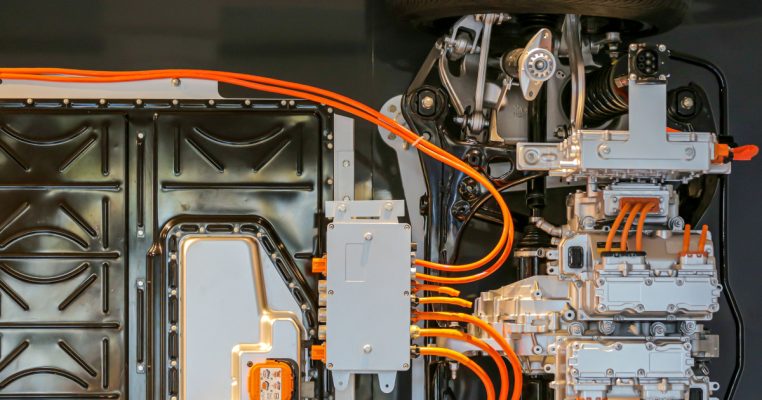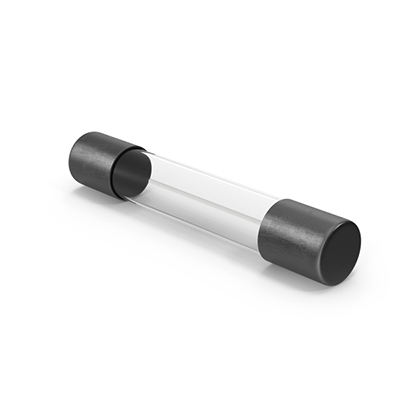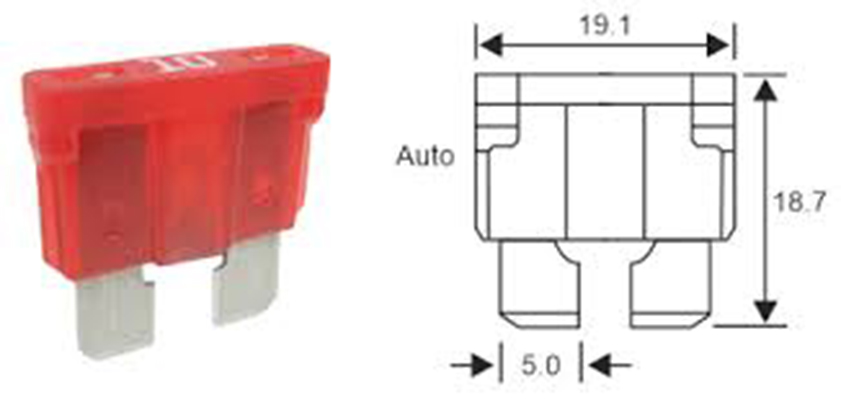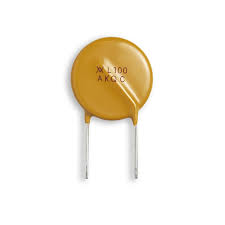Optimized Wire Harness Designs for Efficient Power Distribution in Electric Vehicle Battery Systems
News 2025-10-24
Wire harnesses are essential components in electric vehicle (EV) battery systems, facilitating the seamless transfer of electrical power to various parts of the vehicle. They bundle multiple wires, connectors, and terminals to create an organized network that handles high-voltage currents with precision. This setup not only supports the core functions of energy storage and delivery but also integrates with advanced systems like thermal management and safety controls. As EVs become more prevalent, the role of wire harnesses in enhancing operational efficiency and reducing energy wastage cannot be overstated, making them a cornerstone of modern automotive electrification.

Application Scenarios
In EV battery systems, wire harnesses find critical applications across diverse settings. They connect individual battery cells to form packs, ensuring uniform voltage distribution and preventing imbalances that could lead to performance issues. In larger systems, such as those in electric buses or trucks, wire harnesses link battery arrays to the vehicle’s propulsion and auxiliary systems, enabling efficient power routing. Additionally, they play a key role in charging interfaces, where they manage high-current flows for fast-charging stations, improving compatibility with public infrastructure and reducing downtime for users.
Performance Advantages
Wire harnesses deliver significant performance enhancements in EV battery setups by optimizing electrical pathways. Their design minimizes resistance, which lowers heat buildup and conserves energy, directly contributing to extended driving ranges. Constructed with durable materials, they offer resistance to environmental factors like vibration and temperature fluctuations, ensuring long-term reliability in demanding conditions. Furthermore, their compact arrangement reduces the overall weight and space requirements, allowing for better vehicle design and integration of additional features, ultimately boosting the efficiency and cost-effectiveness of electric vehicles.
Frequently Asked Questions
1. What role does a wire harness play in EV batteries?
It organizes and protects wiring to distribute power efficiently, connecting components like cells and modules to maintain system integrity.
2. How do wire harnesses contribute to energy efficiency?
By reducing electrical losses through optimized connections, they help maximize the usable energy from the battery, improving vehicle range and performance.
3. What factors influence the choice of wire harness materials?
Factors include conductivity, heat resistance, and flexibility, with common choices being copper wires and insulated coverings to handle automotive stresses.


